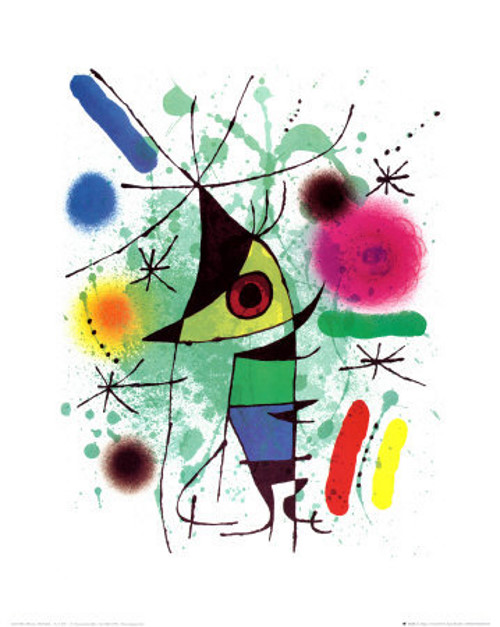Music, like all art, is constantly pushing boundaries. Last year, three Northwestern University faculty members did exactly that when they demonstrated a choir of “singing electric fish” at the STRP Festival, one of the largest art and technology festival venues in Europe.
Some might argue if this is truly “classical music,” but String Visions is all about exploring the creative and cutting-edge. Moreover, the definition of music is dynamic and subject to the same change that affects the rest of the world.
Thousands of people were witness to the amazing singing fish. Some even had an opportunity to conduct the aquatic choir.
The premier event last year was an audience-interactive exhibit called scale, part of the 10-day fesitval in Eindhoven, The Netherlands.
The multidisciplinary artwork was created by neurobiologist and engineer Malcolm MacIver, visual and conceptual artist Marlena Novak and composer and sound designer Jay Alan Yim. In the installation, 12 different species of electric fish from the Amazon River Basin comprise a “choir” whose sonified electrical fields provide the source tones for an immersive audiovisual experience.
Participants act as conductors, using a modified Nintendo Wii remote. Each “conductor” can cue an individual fish or combine the sounds of several fish together, either in natural or digitally processed modes. The otherworldly sounds are heard through a spatialized audio system; a touch-screen panel allows for changes in volume. Arrays of light-emitting diodes under each tank provide visual feedback to visitors.
The work is designed to offer multiple levels of aesthetic experience. “Initially there is an audiovisual encounter with the dynamically interactive sound sculpture,” Novak said. “As one goes to the next level of active participation, there is a sense of personal engagement for each individual who uses the interface directly to ‘conduct’ the ensemble of fish. The system allows for an additional degree of collaboration when more than one person manipulates the touch-screen at the same time.”
The team hopes to foster wider public awareness of the scientific contributions of the electric fish and the fragility of their Amazonian environment. “These remarkable fish have contributed greatly to our understanding of how the brain works, yet few people outside of specialists have heard of them,” said MacIver, associate professor of biomedical and mechanical engineering in the McCormick School of Engineering and Applied Science.The fish are housed in individual tanks arranged in an arc and outfitted with a 12-channel speaker array, with the conductor’s podium in the middle. Each fish continually discharges a weak electric field of constant frequency; this field is picked up by sensors and then amplified. By playing these signals through a speaker, a tone corresponding to the field can be heard. The resulting sound from each fish varies (due to species-specific variations in the emitted field), falling within the range of 30 to 1,700 hertz — from the lowest B natural on a piano to the G-sharp key six octaves higher.
Original article via Science Daily!
More background information on scale and the artists involved in the project
What do you think? Is this classical music? Why or why not? Share your thoughts with us below!
it is pretty cool though isn’t it?















We all know that the Amazon Rainforest is so important for Earth.
We are losing Earth’s greatest biological treasures just as we are beginning to appreciate their true value. Rainforests once covered 14% of the earth’s land surface; now they cover a mere 6% and experts estimate that the last remaining rainforests could be consumed in less than 40 years. read more here about the rain forest:
http://www.rain-tree.com/facts.htm
I think it is also very important to also keep in mind what the creators of this project , visual and conceptual artist Marlena Novak and composer and sound designer Jay Alan Yim
say about this:
The team hopes to foster wider public awareness of the scientific contributions of the electric fish and the fragility of their Amazonian environment.
and also what Malcolm MacIver, associate professor of biomedical and mechanical engineering in the McCormick School of Engineering and Applied Science says:
“These remarkable fish have contributed greatly to our understanding of how the brain works, yet few people outside of specialists have heard of them,”
DIS ISS POOPEE! WAT DUZ A FIHSH NO??? DATS SOOOO DUHMB!
your poopee! you cant judge art like that this is unique to the people and Mr. miro